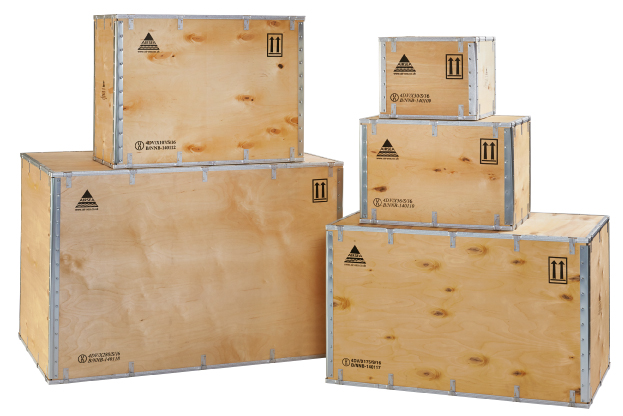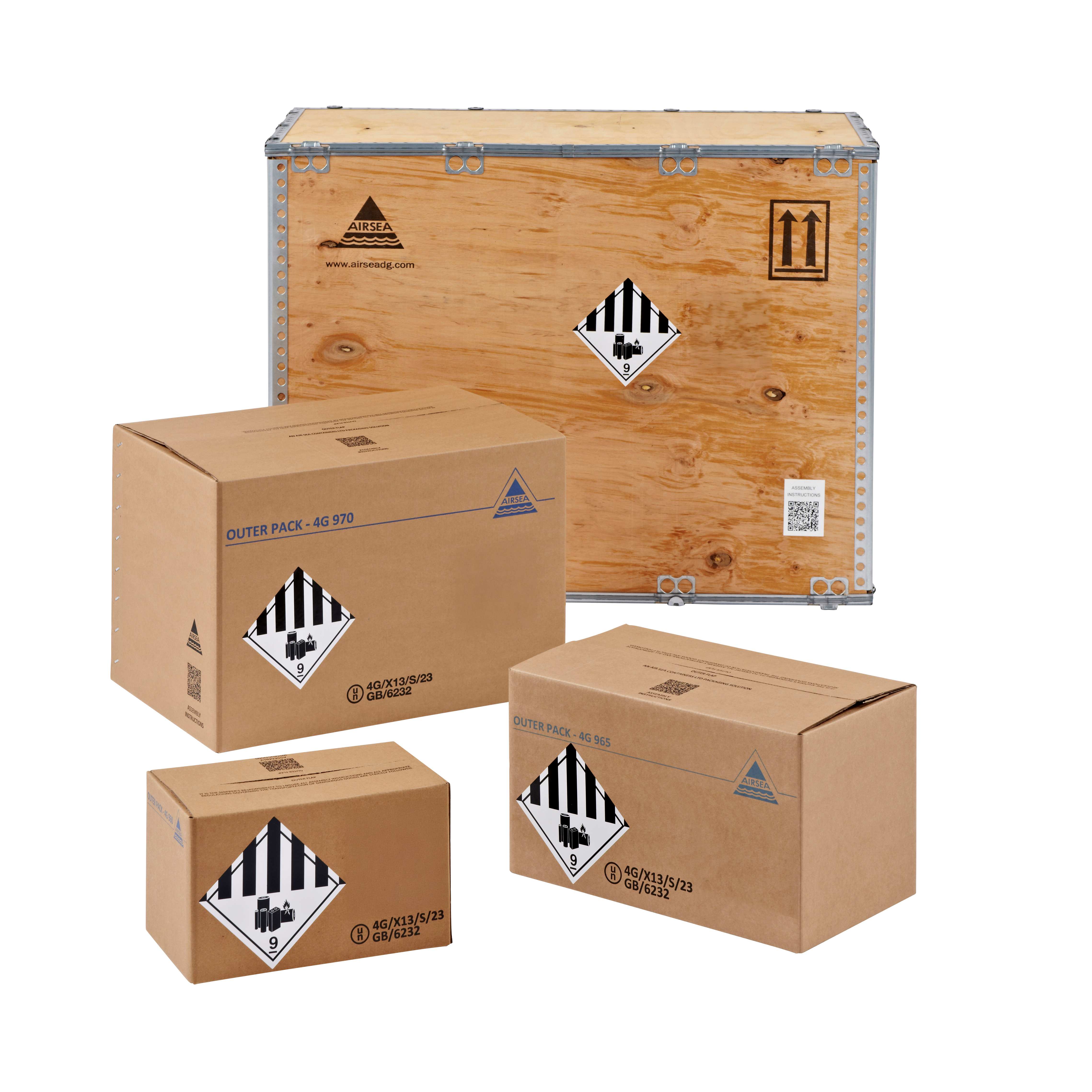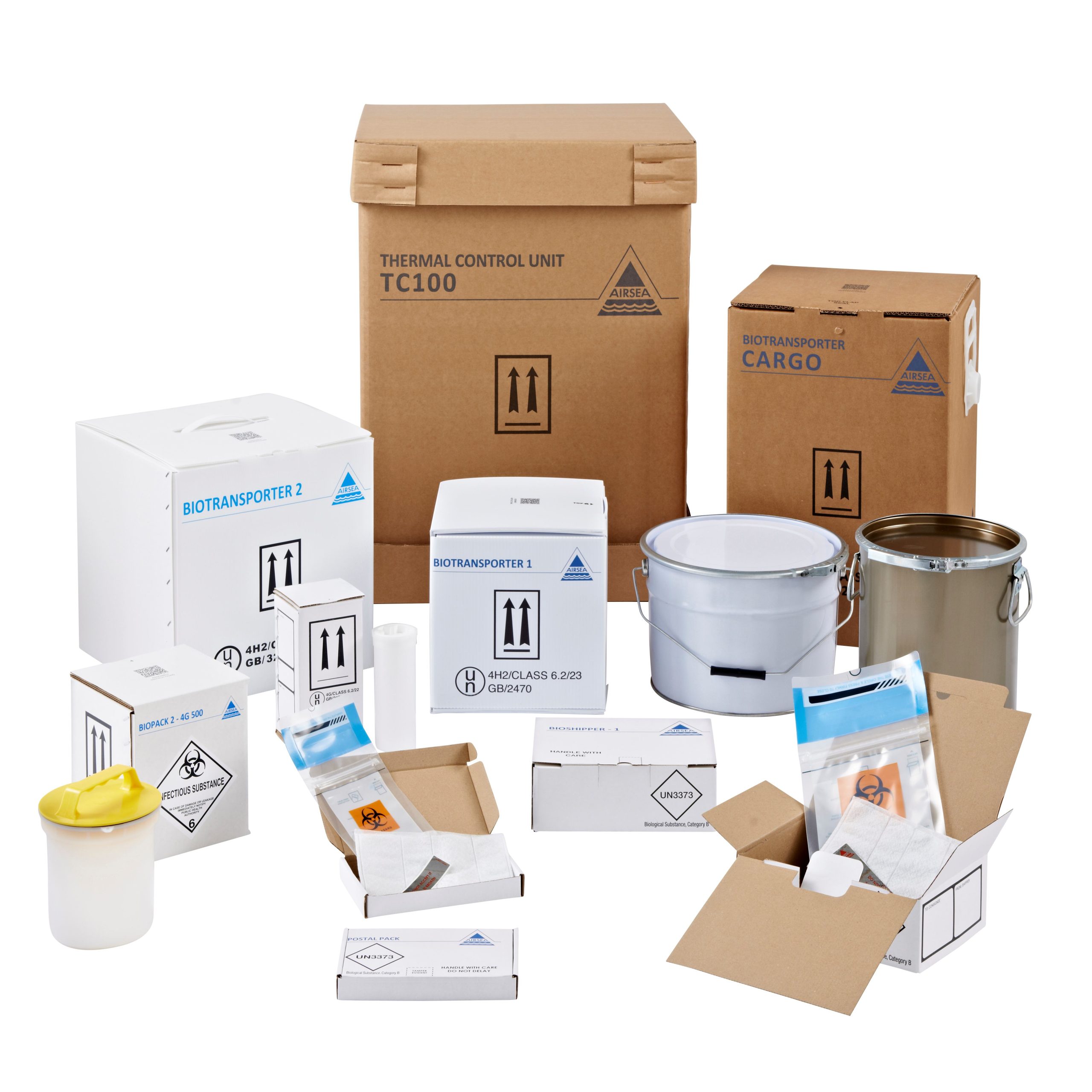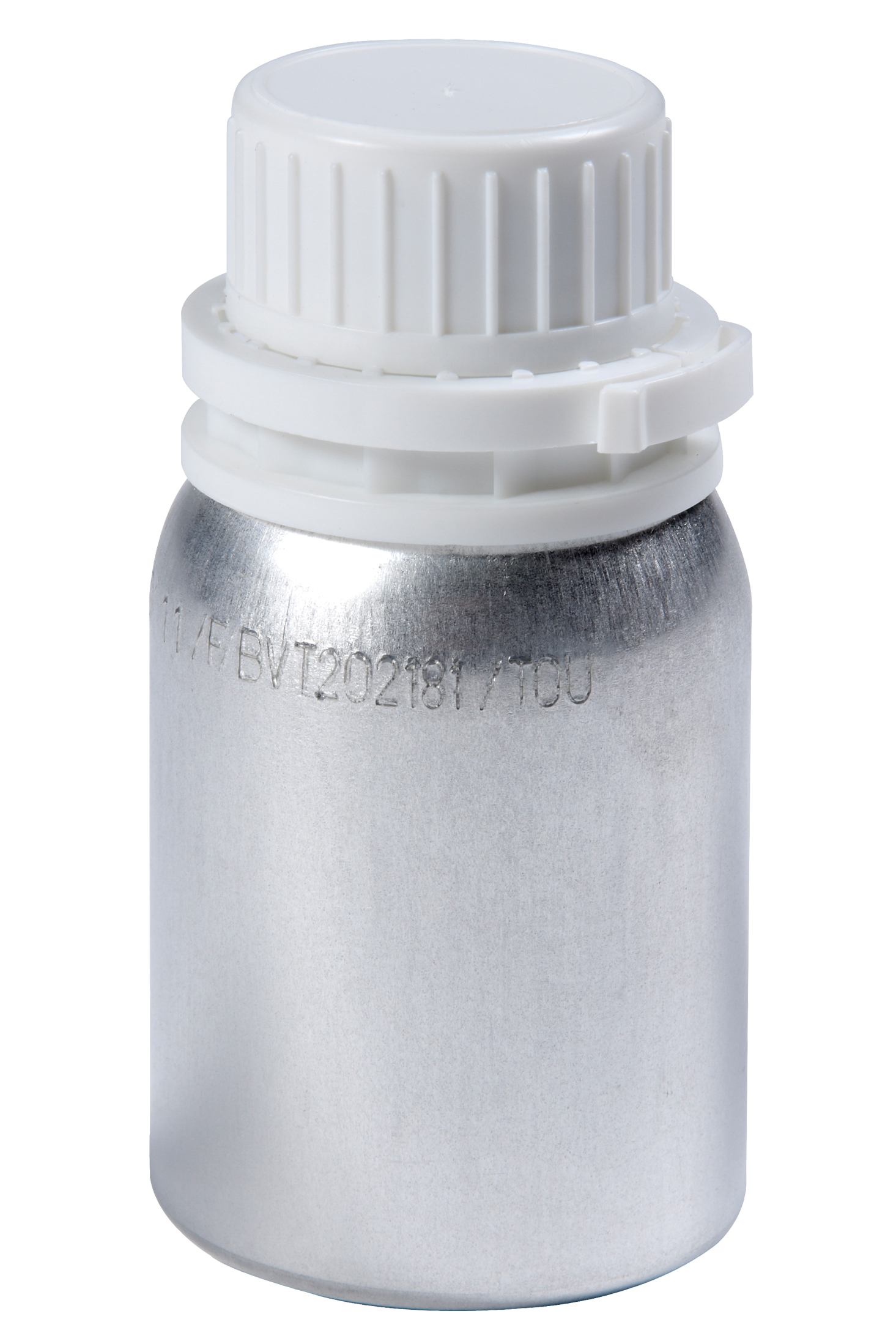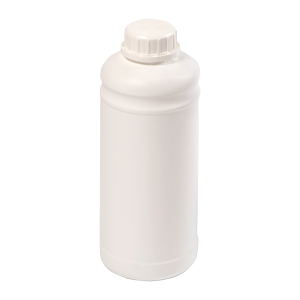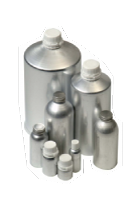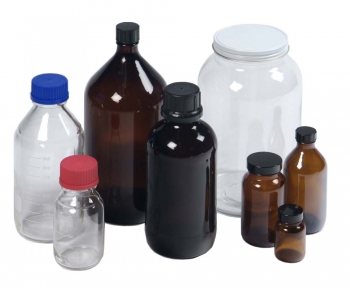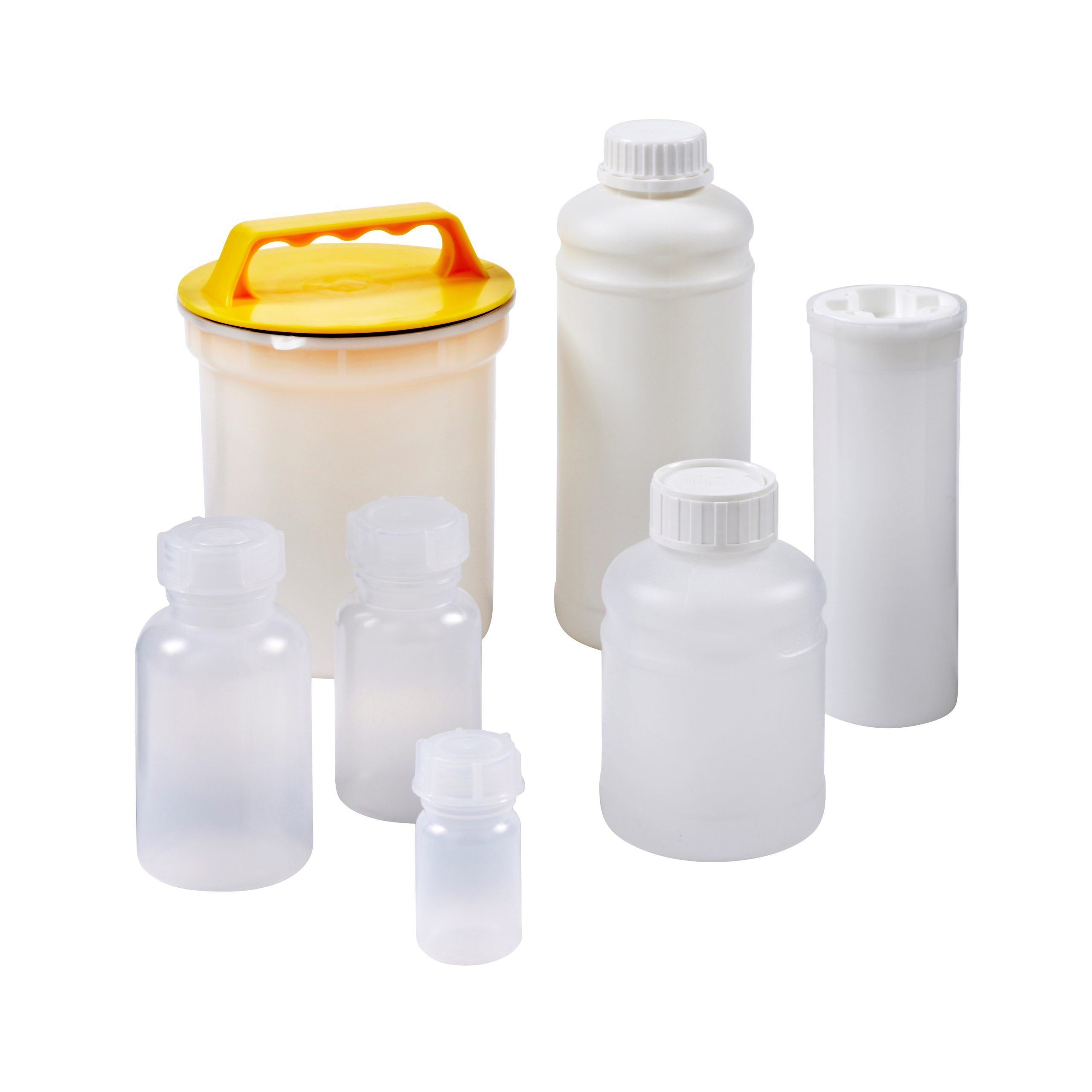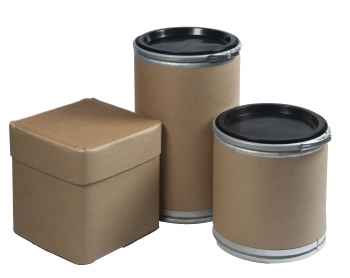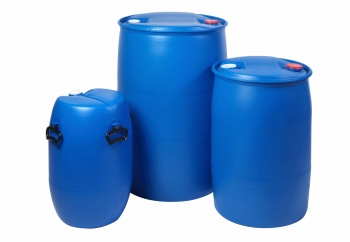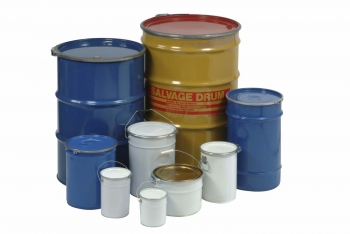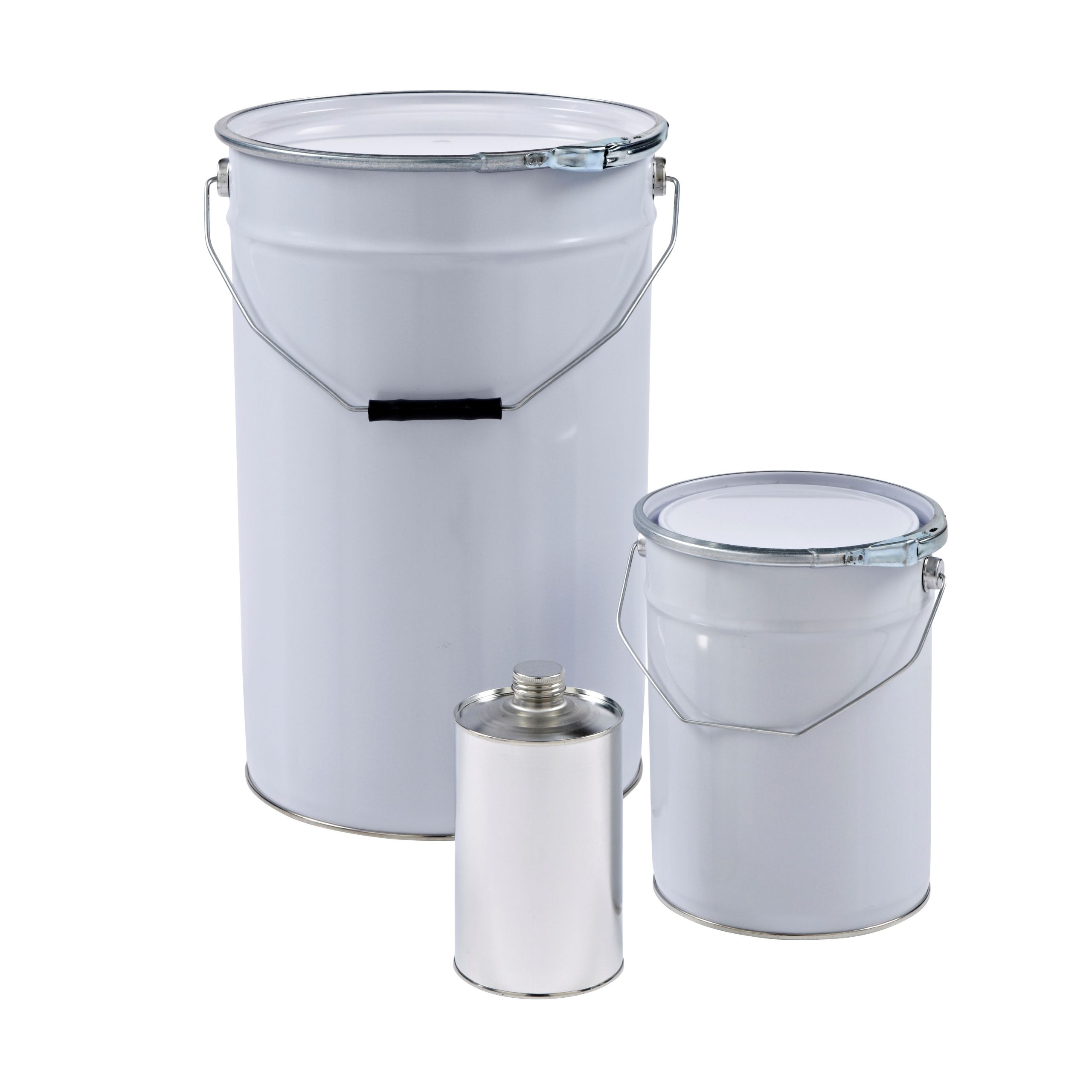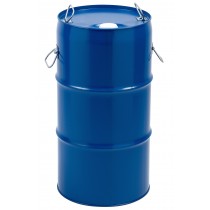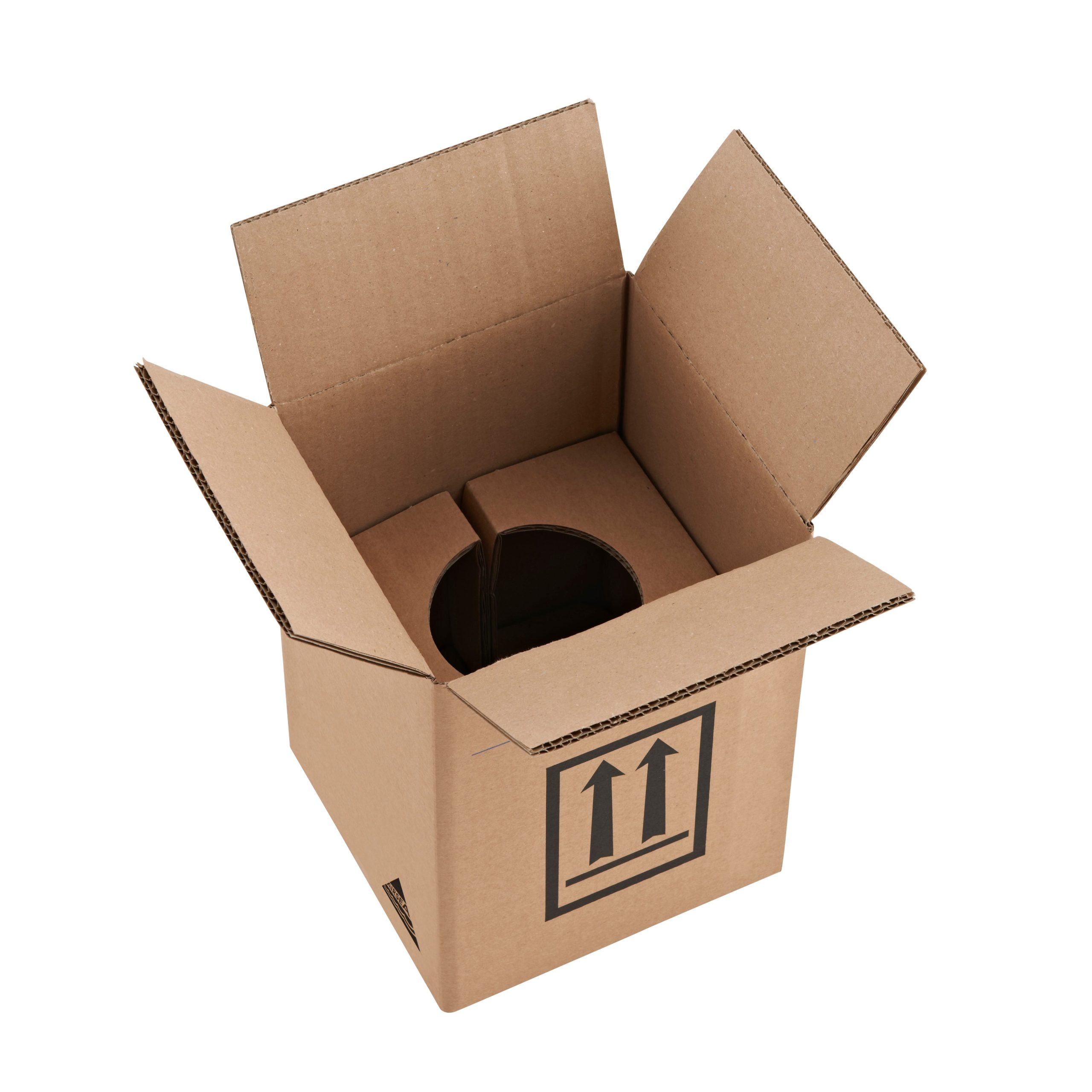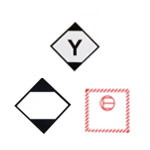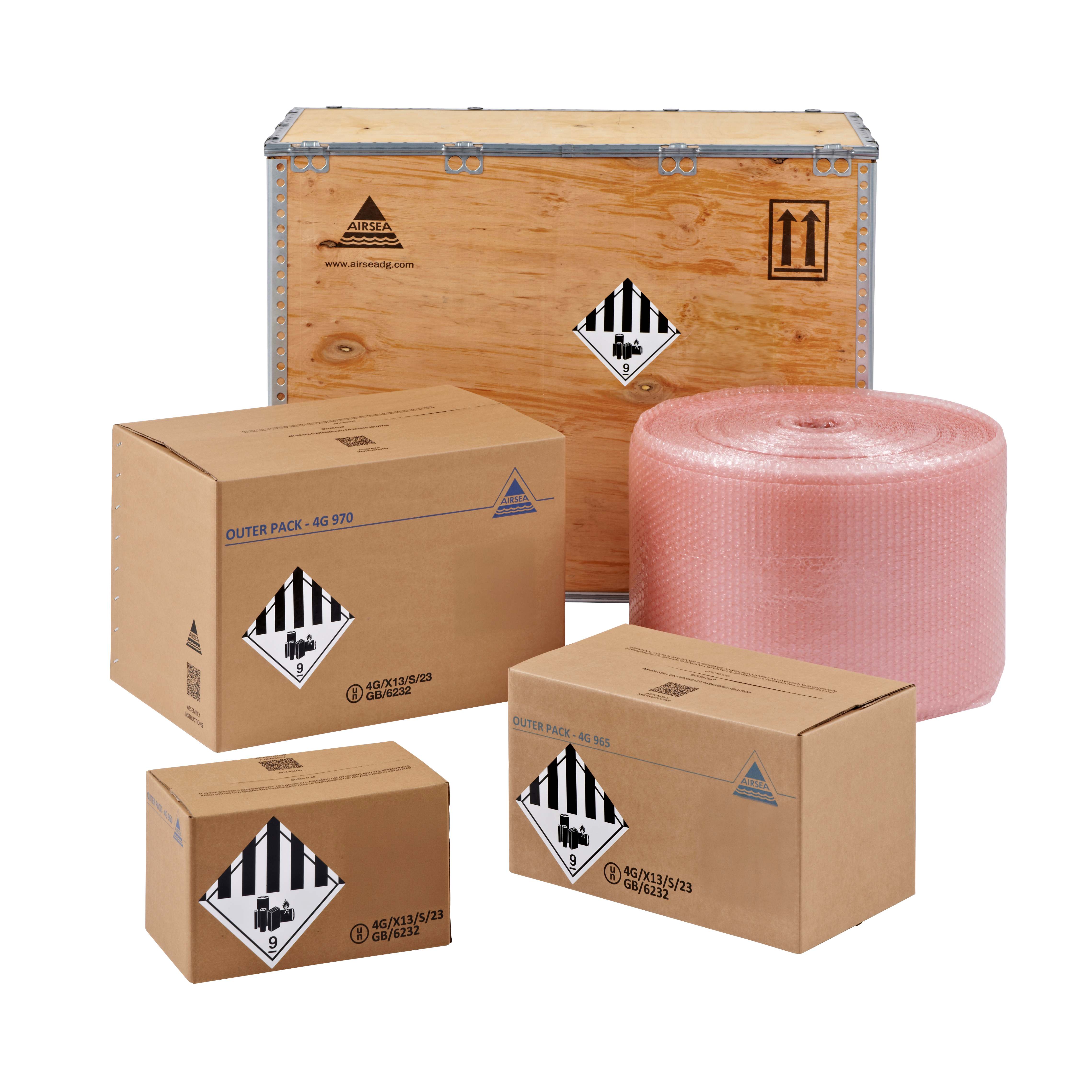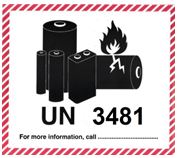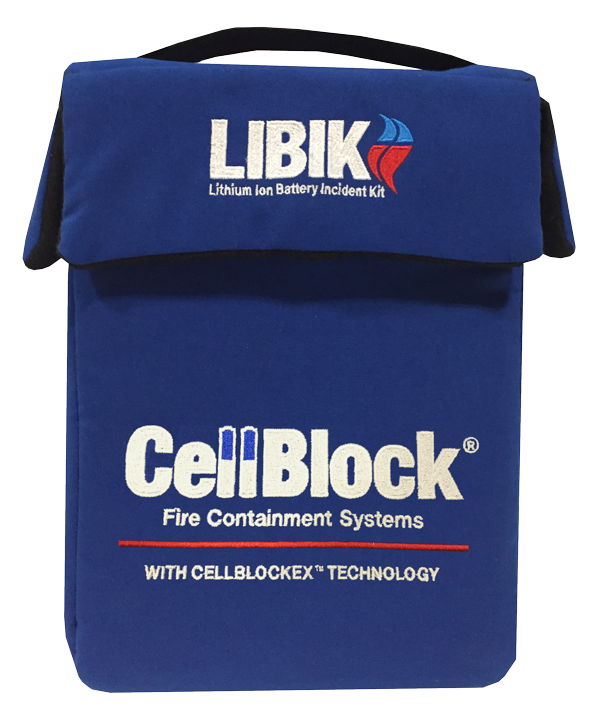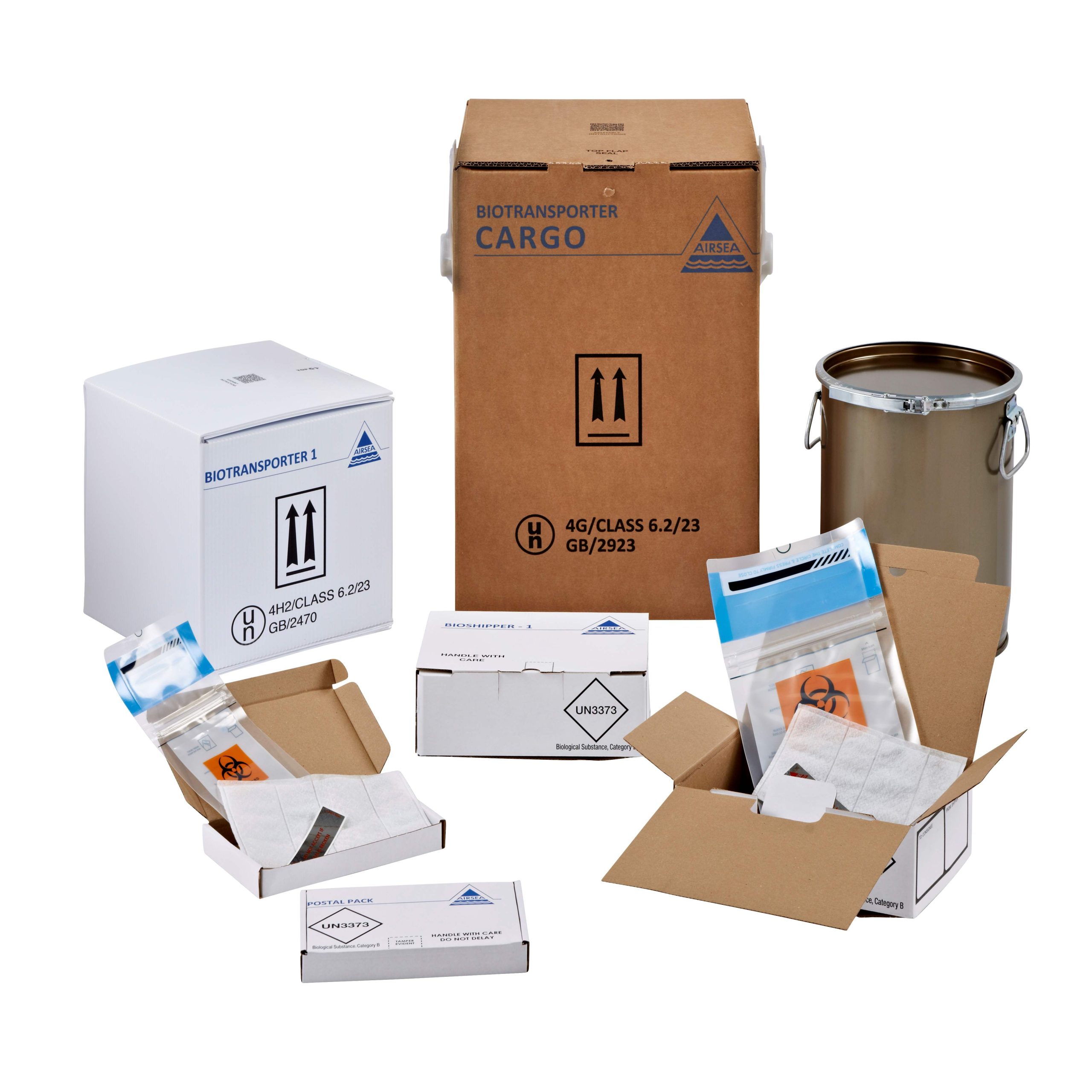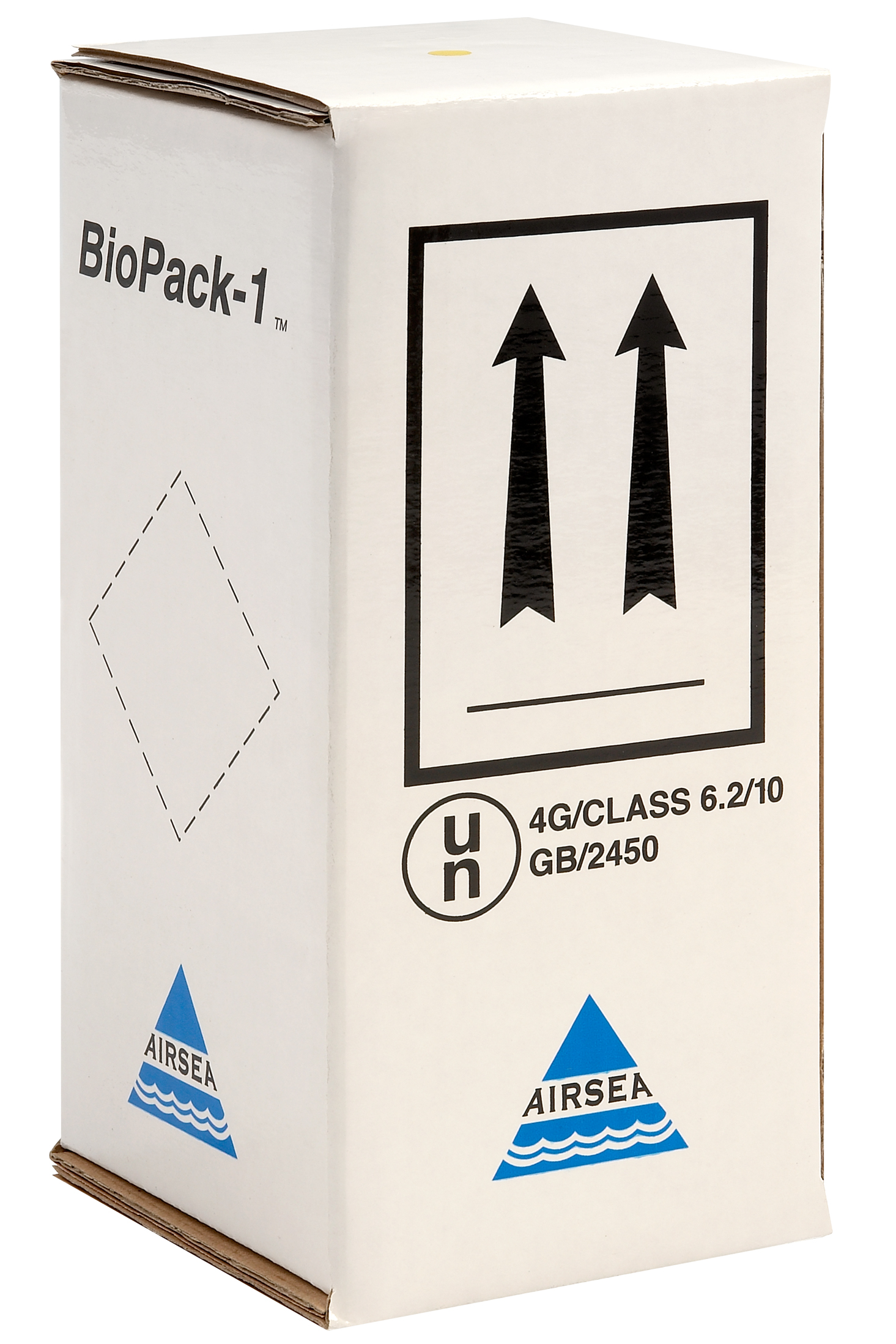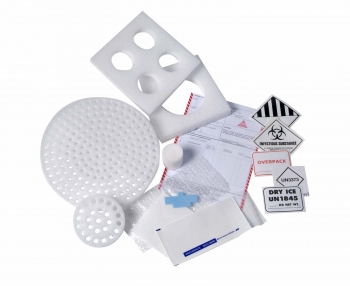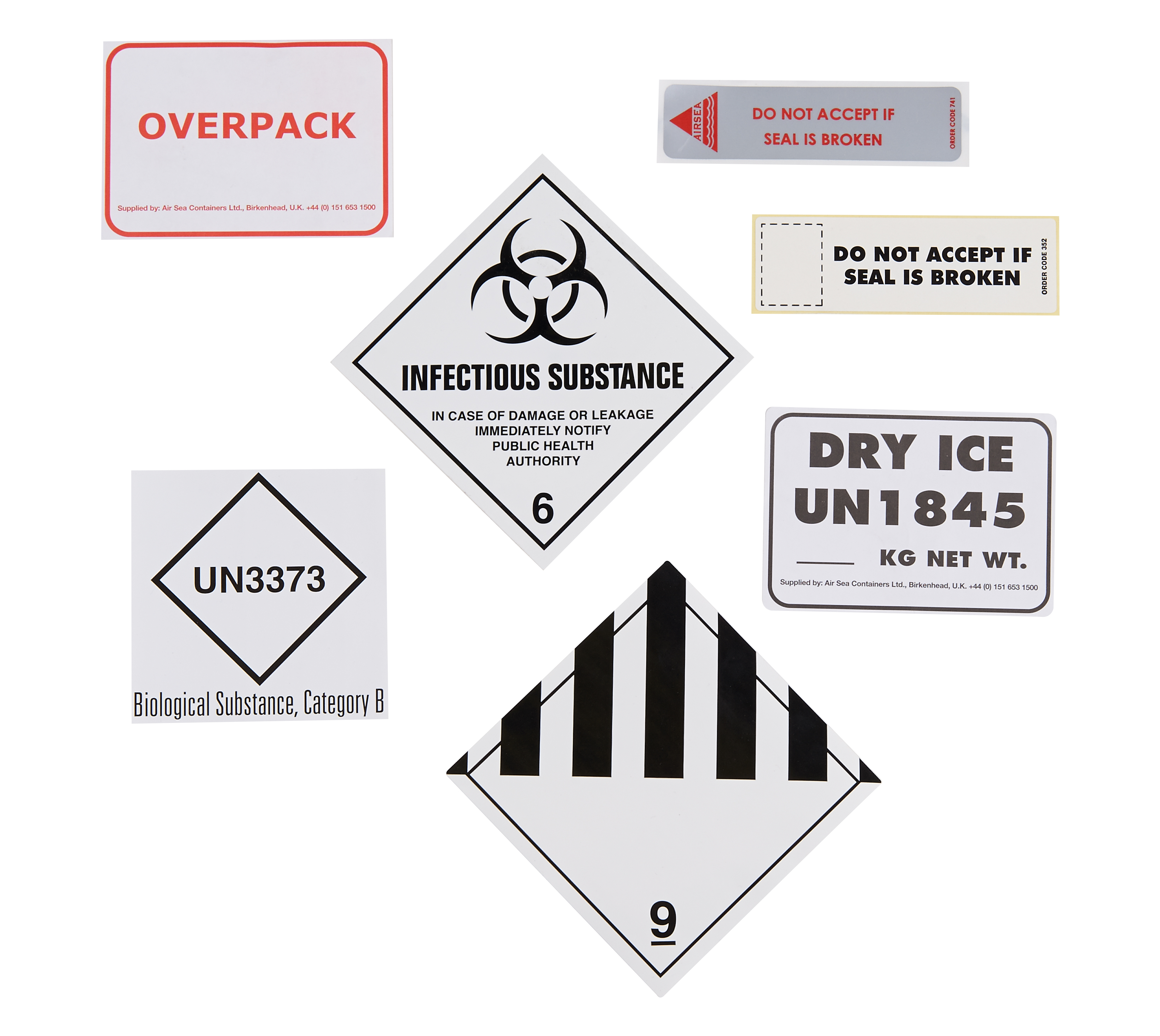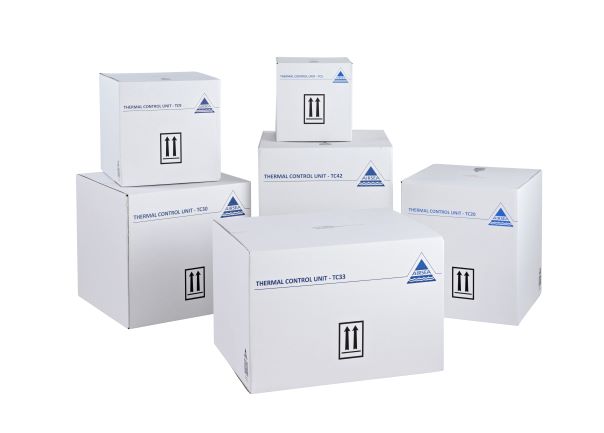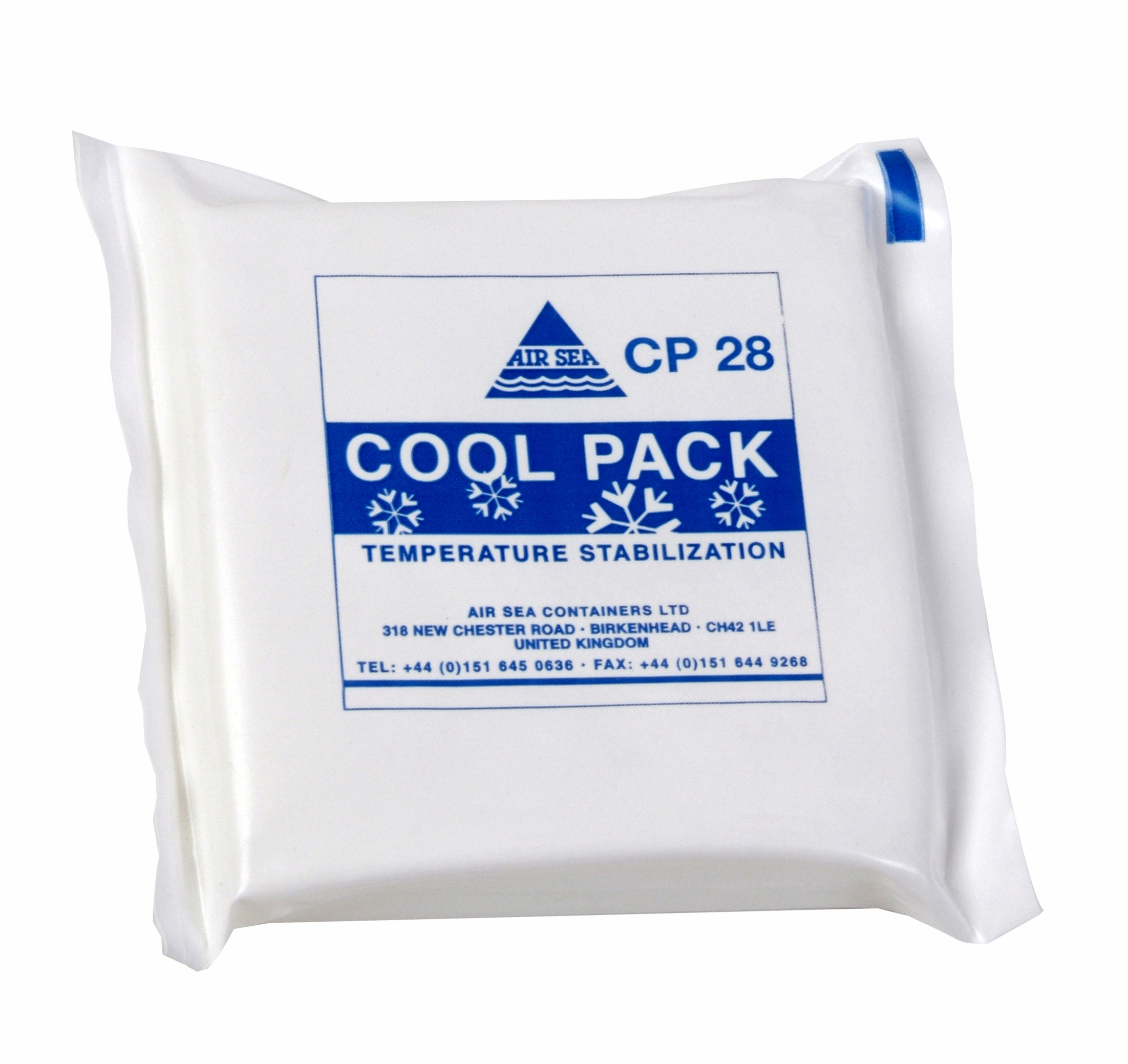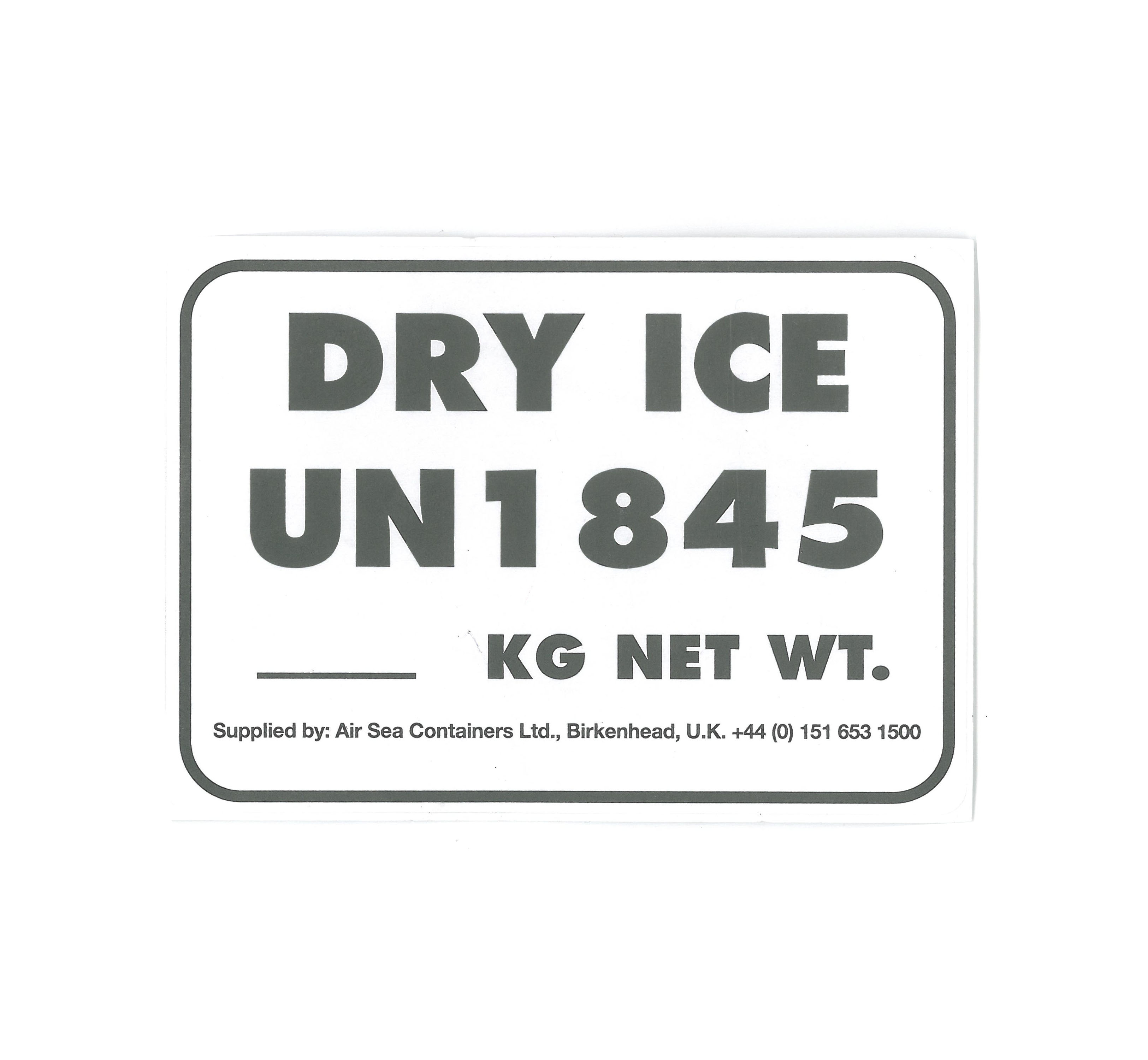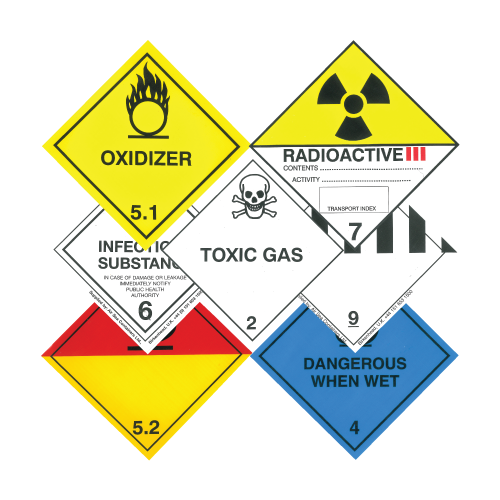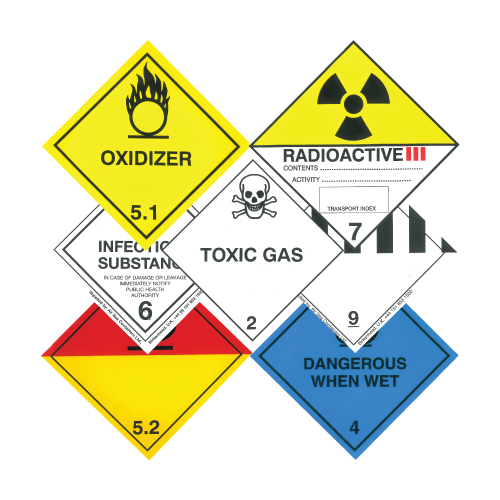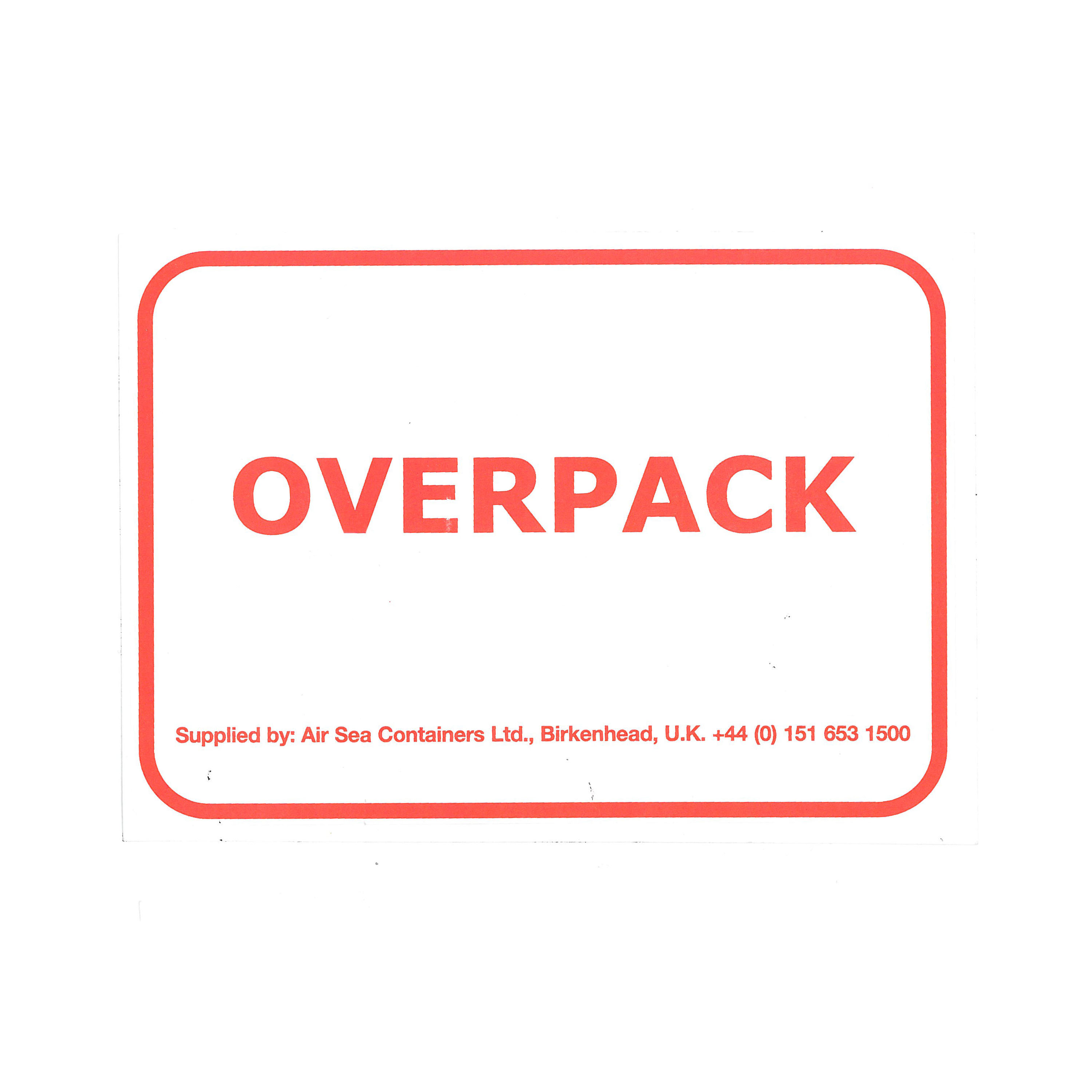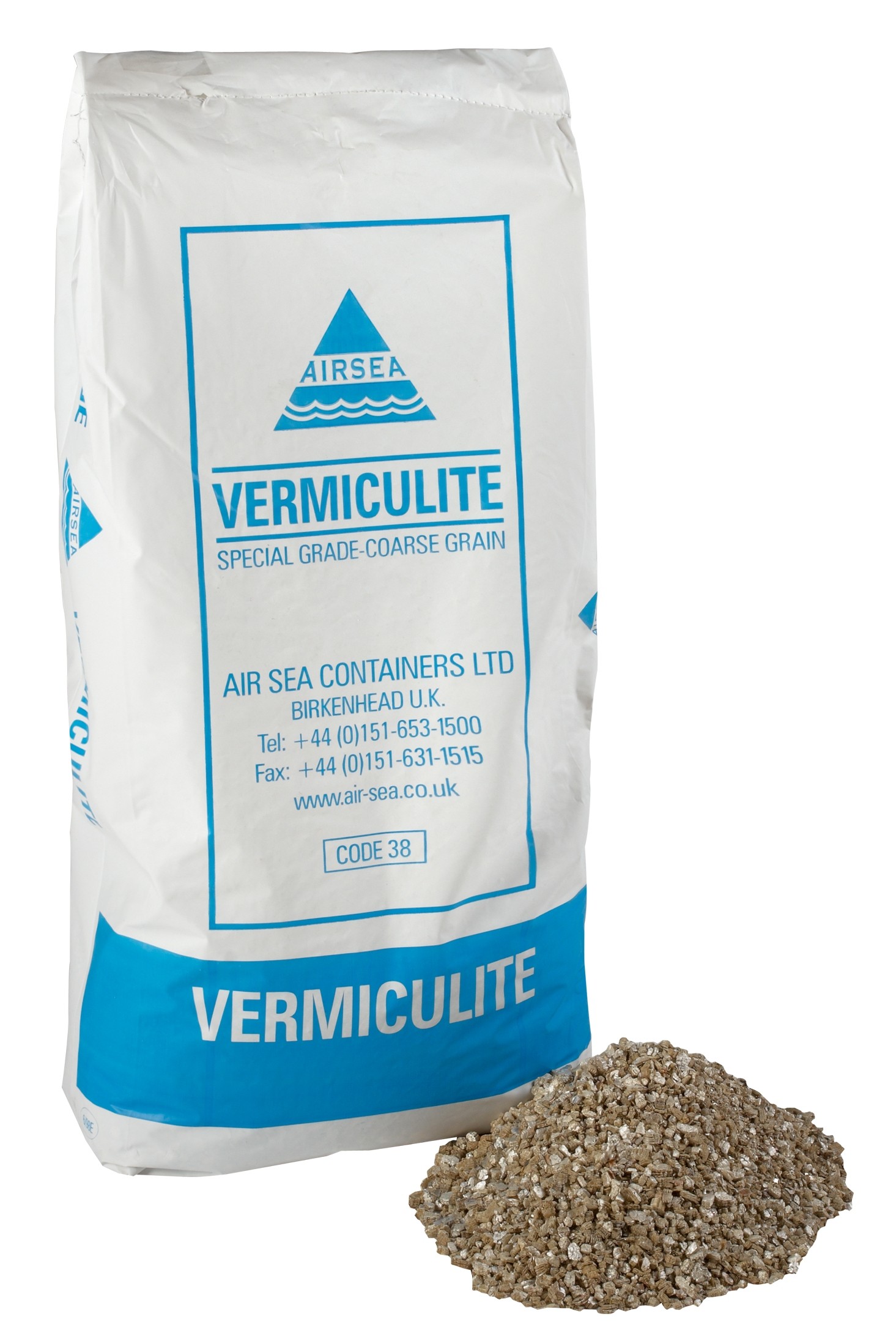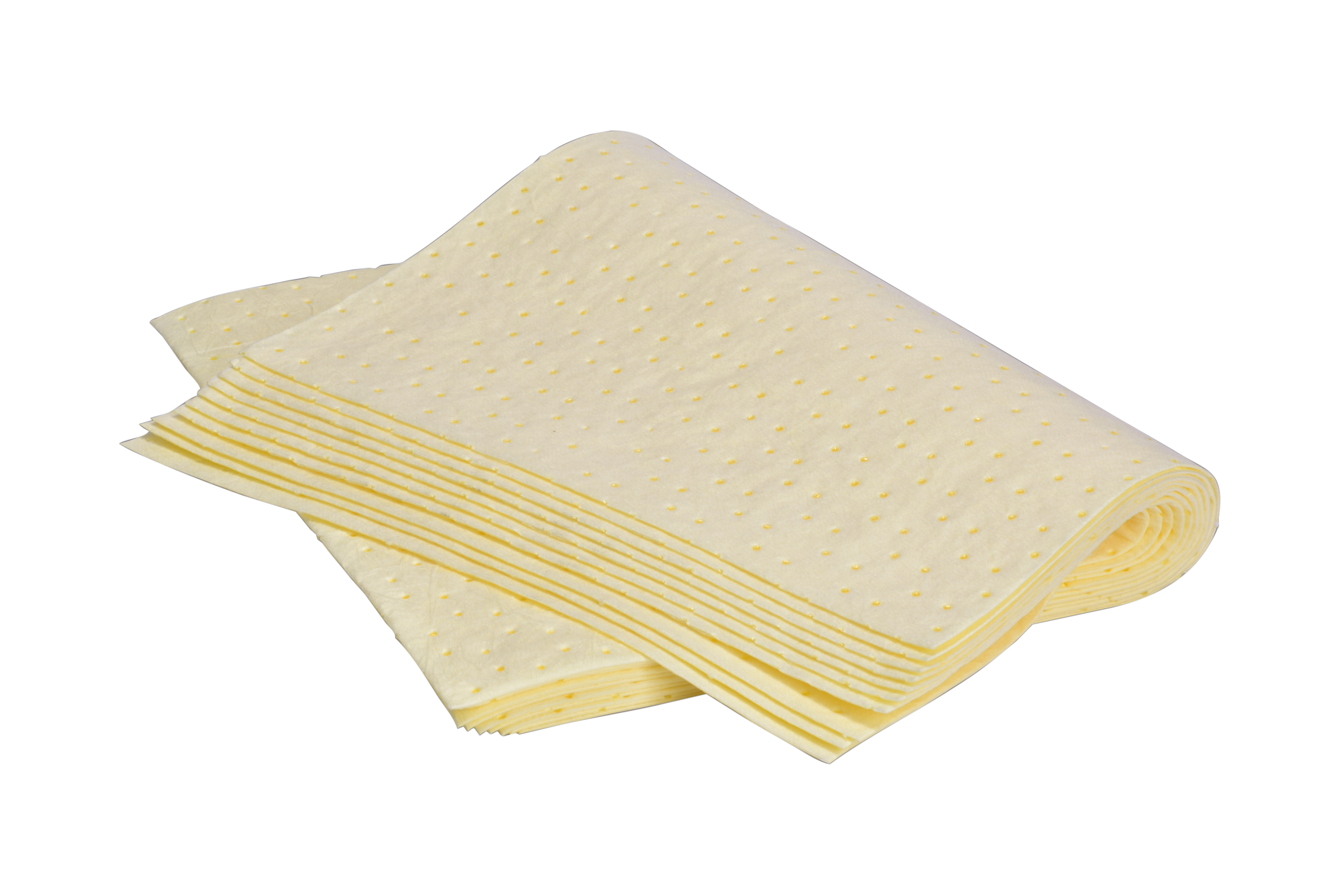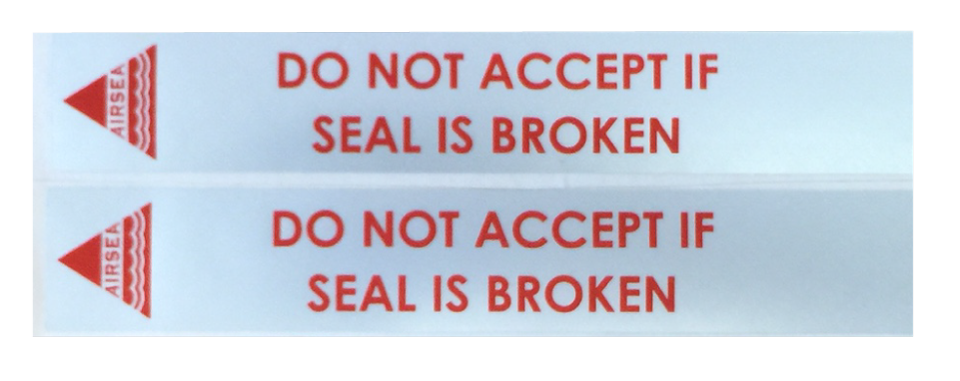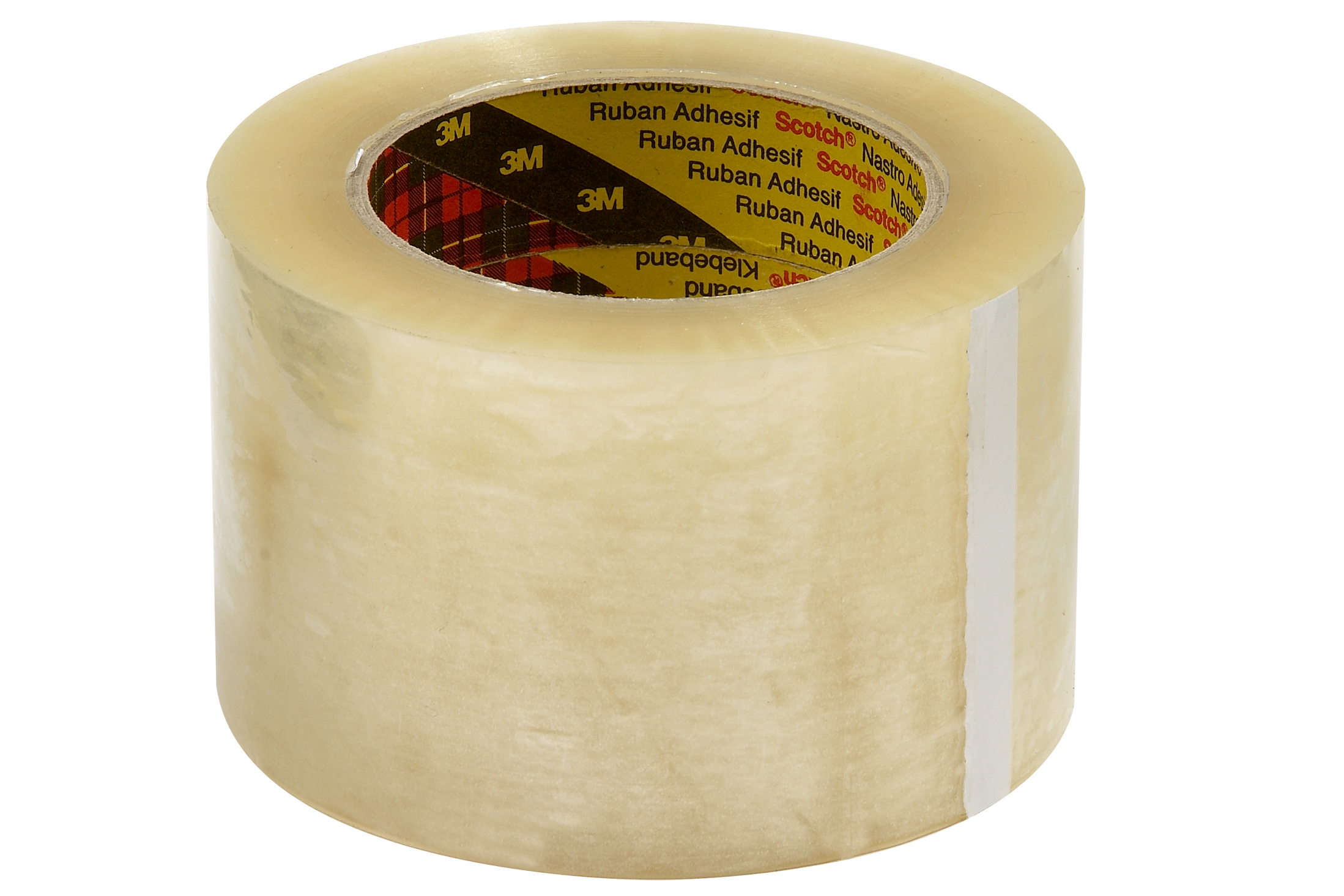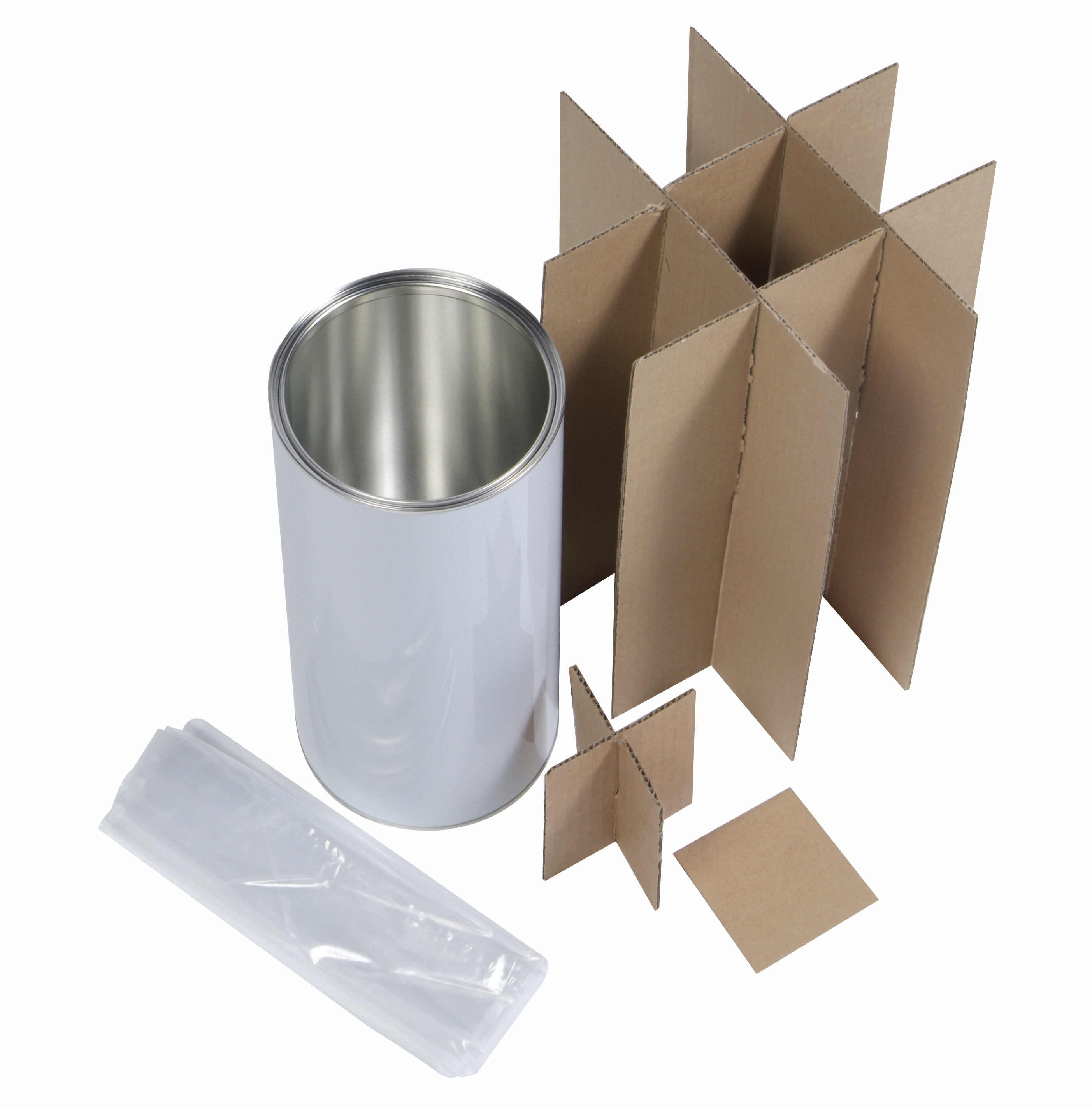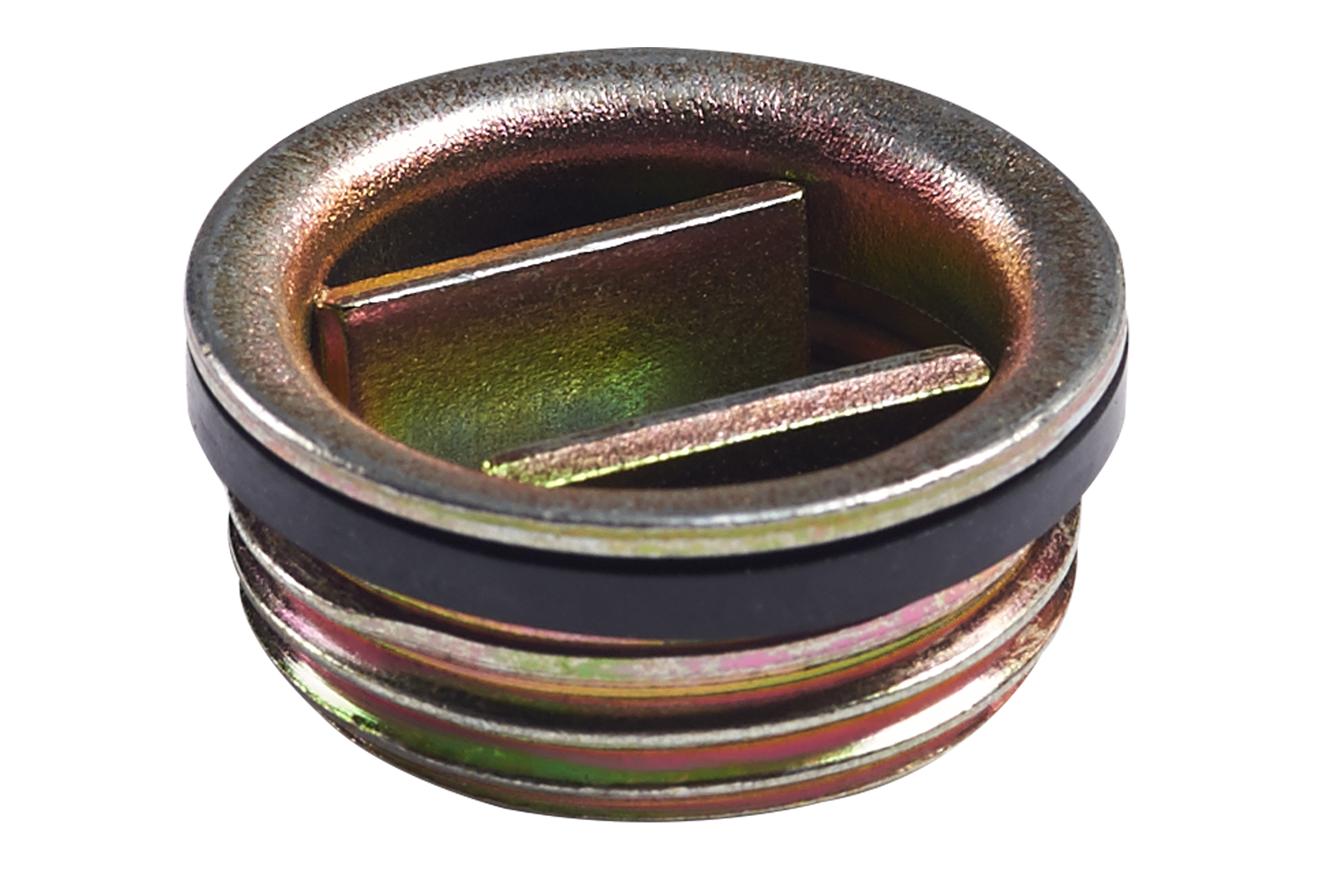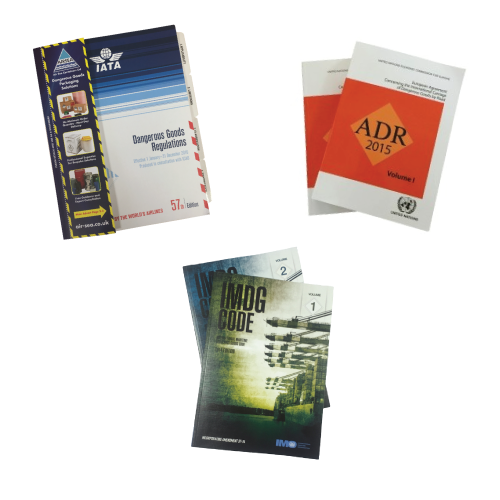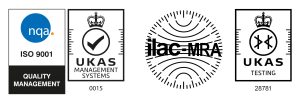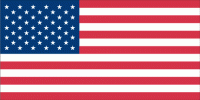Packaging for limited quantities by air can be used where the shipper is transporting small quantities of hazardous materials.
Smaller quantities of dangerous goods are permitted at times because the risk of danger is reduced during transport to a level where the packagings can be carried safely.
Limitations
Whilst the expected risk of danger is reduced due to the small quantity of dangerous goods, the packaging used must still be of a good quality.
Packagings need not be tested to the extent of specialist dangerous goods packaging, but they must still meet a number of requirements.
Not all dangerous goods can be transported in this way; only materials and substances meeting certain criteria’s will be accepted as limited quantities.
These include:
- Class 2: UN 1950 (Non-flammable aerosols and within Division 2.1 & 2.2), UN 2037 (Gas cartridges without a release device within Division 2.1 and 2.2 and without a subsidiary risk), and UN 3478 and UN 3479 (Fuel cell cartridges – contained and within equipment)
- Class 3: Flammable liquids within Packing Groups II and III
- Class 4: Flammable Solids (Division 4.1) within Packing Groups II and III, excluding substances that are self-reacting – as well as solid substances (Division 4.3), within Packing Group II and III
- Class 5: Oxidizers of Division 5.1 within Packing Groups II and III, Organic Peroxides within Division 5.2 when contained in a chemical kit, or a first aid kit
- Class 6: Toxic Substances (Division 6.1) in Packing Groups II and III
- Class 8: Corrosives within Packing Groups II and III (but not including UN 2794 (Wet batteries filled with acid), UN 2795 (Wet batteries fled with alkali), UN 2803 (Gallium), UN 2809 (Mercury), UN 3028 (Batteries – dry – containing potassium hydroxide – solid) or UN 3506 (Mercury contained in manufactured articles))
- Class 9: UN 1941 (Dibromodifluoromethane), UN 1990 (Benzaldehyde), UN 2701 (Ammonium Nitrate Fertilizers), UN 3077 (Environmentally Hazardous Substance, liquid – not otherwise specified), UN 3082 (Environmentally Hazardous, Solid – not otherwise specified), UN 3316 (Chemical kit of First aid kit), UN 3335 (Aviation regulated liquid – not otherwise specified), UN 3335 (Aviation regulated solid – not otherwise specified) and ID 8000 (Consumer commodities)
No packagings of limited quantities must exceed a gross weight of 30kg.
Classification
The shipper is responsible for identifying and classifying all dangerous goods in transportation.
Packing
Any packagings that are being re-used must be thoroughly inspected to ensure that they are in a good enough condition to protect the new contents as well as the originally packaging did.
Where cushioning and absorbent materials were used, they must be capable of performing their primary functions.
Under no circumstances must single packagings be used.
Inner packagings used must meet the following requirements:
- Packagings must be well constructed and all materials (including closures) must be good quality and resistant to the substance contained inside
- Any closures must be sufficiently tight so that they are capable of preventing leaking and sifting
- If paper bags are used, there must be at least two sheets of paper
- Where plastic bags are used the minimum thickness must be 0.1mm
Whilst not recommended, a shipper may produce packaging that contains more than one item of dangerous goods, providing:
- The goods do not react dangerously, are not likely to cause combustion or an excessive amount of heat or gas, and are not unlikely to form corrosive or unstable substances
- They do not require segregation
- The inner packagings comply with the packing instruction applicable to those goods
Specifications & Performance Testing
Limited Quantity packagings must undergo two tests:
- Drop test – a minimum of 1.2m height, where the package is dropped onto a rigid surface which is most likely to cause damage. The package itself must show no sign of damage that will likely affect the safety during transportation.
- Stacking test – each package must be capable of withstanding a force placed directly on top, equal to the weight of the package being transported, for a period of 24 hours and to a total height of 3m.
Marking & Labeling
The United Nations require all packagings being shipped as limited quantities to be marked with a Limited Quantity diamond hazard label – it can be identified by a diamond shape with a large ‘Y’ within it.
This label is universally recognisable and enables all those involved in the transportation of limited quantity shipments to identify the package and treat it in accordance with the regulations for that method of transport.
The UN number and substance being shipped must be marked on the side of the package.
Whilst shipping in limited quantities means that there is no requirement for strict UN packaging, an appreciation for the regulations is necessary to ensure that your packages are not rejected for transport.
If you are new to the world of dangerous goods transportation or unsure if you are compliant with the sections regulating the transportation of limited quantities, we recommend purchasing limited quantity packaging – get in touch today to discuss your requirements.
We’re happy to work with customers to design, develop and test bespoke packaging. For more information, contact us today!
Information correct at time of publishing, 9th May 2018
 UK
UK




